REVIEW: Rise of the Videogame Zinesters
By vonFlampanker 1 Comments
Amazing what a ten-minute drive can do for one's outlook. I got up and started to work one morning and put on the post-Molyjam Bombcast. I'd had a passing interest in the event up to that point but in general, game jam events weren't anything I'd ever focused on up to this point. My assumption was that it's a developer-centric thing and an art-centric guy like myself would, in the event I'd ever choose to participate, be left to simply polishing up the developers' ideas.
So when Patrick told the story of Cody and Kari Clark's experience at the Molyjam I began to pay attention, and then to get excited. I later compared it to the first time I picked up Photoshop way back when. There's something energizing about the moment when one discovers so much untapped potential. In the few short minutes it took Patrick to describe that story, my outlook was changed.
I'd had a similar moment when I first saw the iPad. There was a platform chock full of potential to perfectly realize a number of projects I'd been mentally mulling over for years. The tech had finally caught up to what I wanted to express, or so I thought. There was just the one setback: I cannot program. I can code HTML and CSS. I can draw. I can design. I can plan. I can organize. None of these things prepared me for the immense mental shift that trying to grasp Objective-C (and ActionScript before it) required. I ended up with a decent grasp of the concepts, but always became frustrated when I actually tried to assemble something.
Obstacles be damned, I went to a programmer friend of mine who liked the project I proposed. We started to work. And eventually problems started to arise, as they will, and my programmer eventually dropped the project (unceremoniously I might add. But I digress).
So I was left with a bunch of art, a plan for a game and no ability to execute the plan on any platform. Until I heard Patrick talking about Cody and Keri Clark. Hearing that story led me to explore a few of the programs that Patrick had mentioned: GameSalad, GameMaker, Construct2 and Unity. I also picked up a book that he mentioned: Anna Anthropy's "Rise of the Videogame Zinesters."
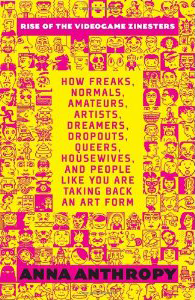
RotVZ aims to wake up nonprogrammers to the existence of their game-creating potential. It's stirring, and emotionally driven more than an encyclopedia of options. It takes the time to lay out the history of video games and how the artform (The author's words, not mine. That's a debate for another time.) has evolved to be first too inscrutable and then too expensive for the average Joe to employ. These first chapters that build the case for a breaking point from mainstream development practices and a return to a more democratized way of creating games are the book's strongest.
The middle section of the book describes a few of these folk-gaming projects with emphasis on the author's own creations. She includes the story of how she familiarized herself with game creation (similar to the way I started out this post) and outlines some of what she considers to be important practices when undergoing a game-making project; working with a time limit to avoid feature creep and overanalysis, for example. While the practice-related anecdotes are valuable, the game descriptions quickly become tiresome. It's difficult and subtle to make an experience sound worthwhile (especially in print), and the author's style is too mechanical and matter-of-fact even for these simple experimental games. I suspect it's tied to the author being the creator of a lot of these games and thus being too close to them. It's a fine line and there may be some contradiction there since this is a book about making games rather than playing them, but I posit that the reader shouldn't feel disengaged or awkward, which I did.
She concludes by listing out a few options for someone who wants to begin making games. This is where the book starts to weaken significantly. She talks about using Game Maker and a few other programs (including programs like Scratch, which are more of a stepping stone and familiarization tool). Viable current programs like GameSalad aren't mentioned for some reason. I'm not sure how the process of publication goes for a more or less time-sensitive book like this, but GameSalad has been around since 2009. Even a brief amount of research would have turned up its existence. Same for Construct2. Same for Unity.
The point about research leads into a larger point: this book reads like an extended - padded? - article or blog post. It's shifted heavily to the side of editorial rather than reference. Maybe not a bad idea for a book that will quickly become outdated (and maybe already is), but unless you're willing to experience this topic through the eyes and experiences of one particular person, this may not be the book for you. Personally, I felt it went too far in constantly reiterating the lifestyle of the author as inseparable from the author's creations. Note that I wasn't offended by the author's lifestyle, it just wasn't the topic I wanted to inform myself about. One could make the case that games including previously marginalized lifestyles is the whole point, and I won't argue against that. I'll only state that I found it a bit heavy-handed in light of the book being short on research. There's also the implied (and tired) correlation between "bad" and "mainstream" and "white" and "male" which is a bridge too far on the editorial front for a book that's supposedly about an artform being inclusive.
Should a person who's not into programming but interested in making games read this book? I think so. It's short, it's an easy read, and it's one of the only books of its kind at the moment. It makes a decent, if not essential, starting point. I think the medium of printed book doesn't serve the topic all that well, but it will do as a primer until something better comes along. Anyone who's interested further should be pointed at Patrick's coverage of the Molyjam and the stories that came out of it.

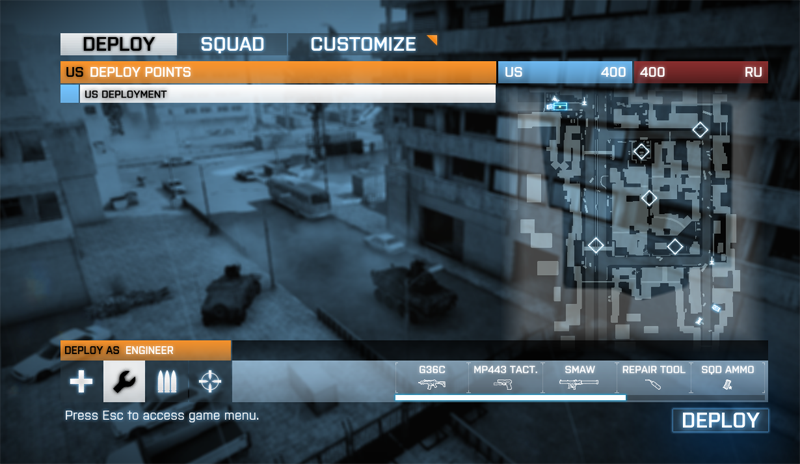
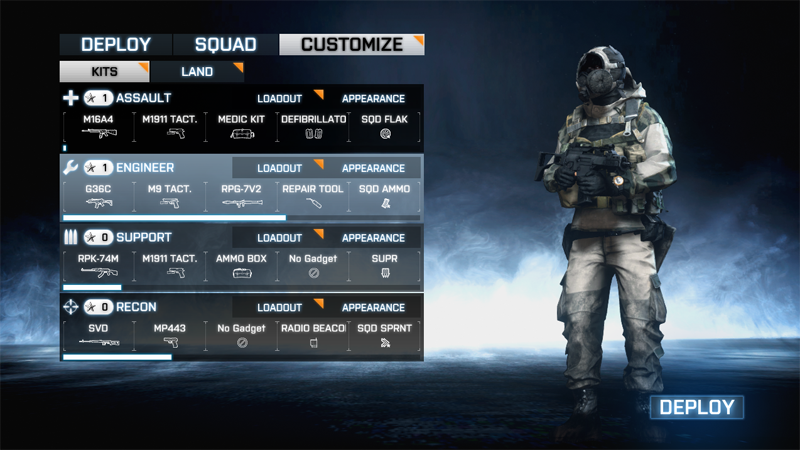
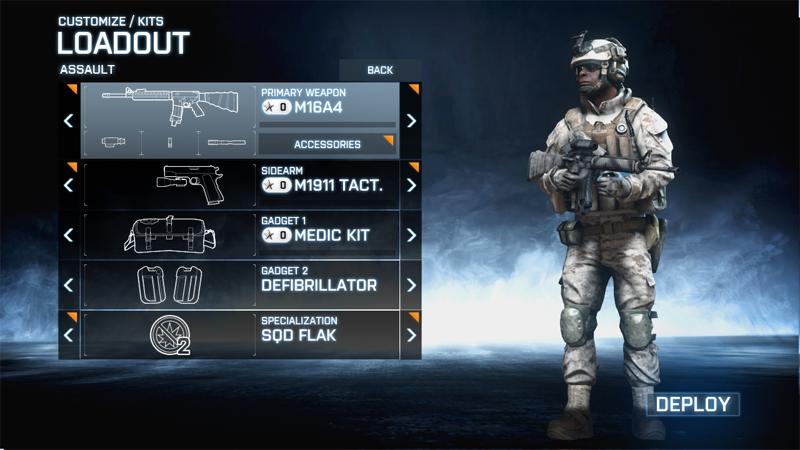
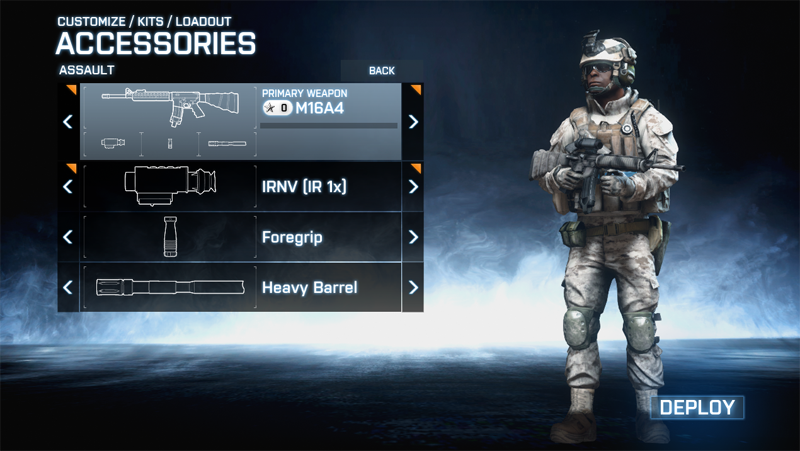
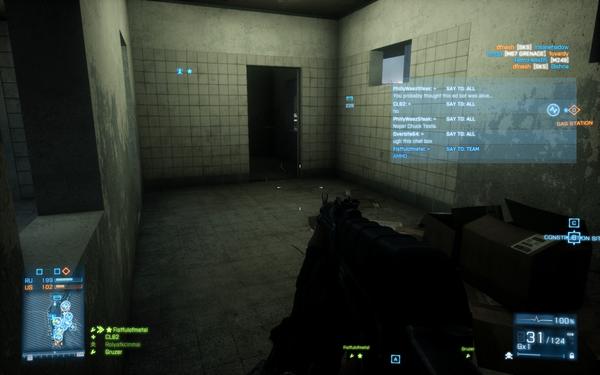
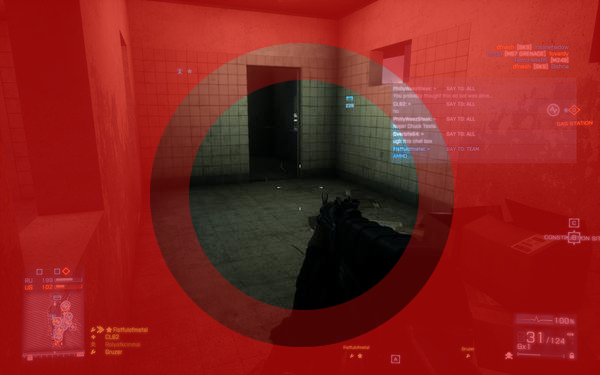
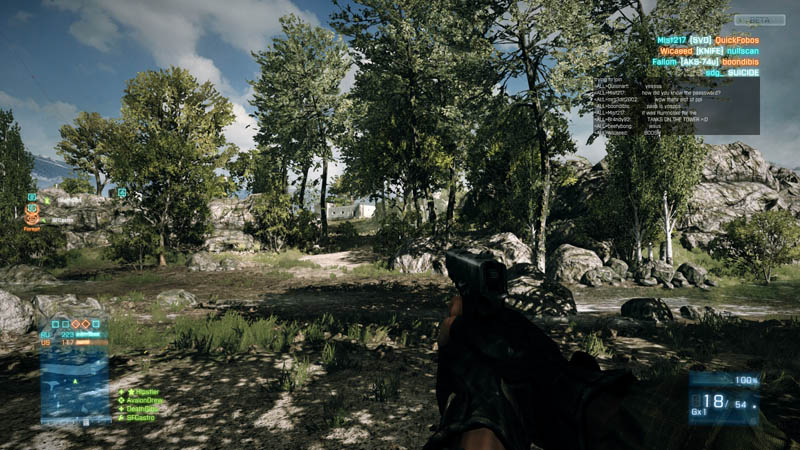
Log in to comment